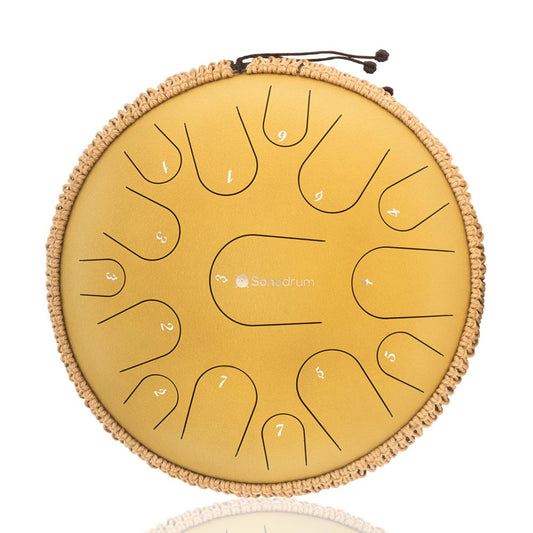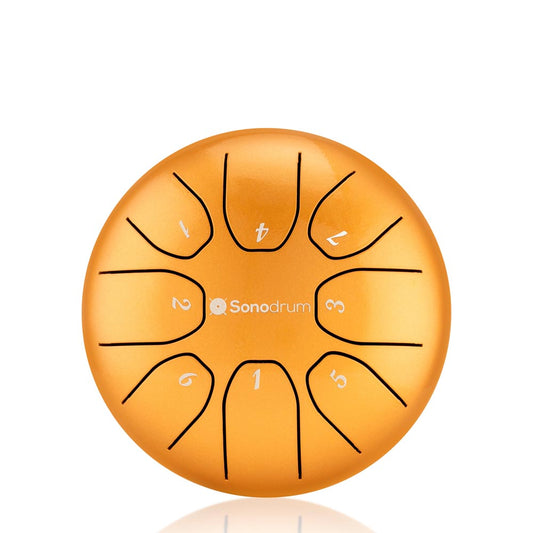Embark on a musical journey like no other as we take you on a virtual tour around the globe, exploring the rich and diverse world of tongue drum music. From the ancient traditions of indigenous cultures to the innovative compositions of contemporary musicians, the tongue drum has left an indelible mark on the global musical landscape. Join us as we traverse continents and cultures, uncovering the unique playing styles, traditions, and sounds of the tongue drum from around the world.
Asia: The Cradle of Tongue Drum Traditions
Our journey begins in Asia, where the roots of tongue drum music run deep. In countries like China, Japan, and Indonesia, traditional tongue drum instruments such as the slit drum, tank drum, and hank drum have been used for centuries in religious ceremonies, cultural rituals, and folk music traditions. These ancient instruments produce hypnotic rhythms and melodic patterns that reflect the spiritual and cultural heritage of the region. From the tranquil melodies of Japanese koto drums to the rhythmic pulsations of Balinese gamelan ensembles, Asia offers a treasure trove of tongue drum music that continues to inspire and captivate audiences worldwide.
Africa: Rhythms of the Motherland
Continuing our journey, we venture to the vibrant continent of Africa, where the heartbeat of the tongue drum echoes across the savannahs and jungles. In West Africa, instruments like the talking drum and slit drum are central to traditional music and storytelling traditions, conveying messages and emotions through intricate rhythms and tonal inflections. In Southern Africa, the mbira, or thumb piano, produces delicate melodies and polyrhythmic textures that evoke the spirit of the land and its people. From the pulsating rhythms of Nigerian juju music to the soulful melodies of South African marimbas, Africa's tongue drum music is a celebration of rhythm, melody, and cultural identity.
North and South America: From Indigenous Traditions to Modern Innovations
As we cross the Atlantic Ocean, we arrive in the Americas, where indigenous cultures have long embraced the tongue drum as a symbol of spiritual connection and artistic expression. In Native American traditions, instruments like the water drum and log drum are used in ceremonial rituals and healing ceremonies, channeling the natural rhythms and energies of the earth. In South America, instruments like the steel tongue drum and handpan have gained popularity among modern musicians, blending traditional rhythms with contemporary influences to create a fusion of sound that transcends cultural boundaries.
Europe: The Renaissance of Tongue Drum Music
Our journey concludes in Europe, where a renaissance of tongue drum music is taking place in cities and towns across the continent. From the medieval villages of France to the bustling streets of Berlin, tongue drum enthusiasts are rediscovering the beauty and versatility of these ancient instruments. Whether performing in classical concert halls or busking in public squares, European musicians are pushing the boundaries of tongue drum music, incorporating elements of jazz, electronica, and world music to create a sound that is both timeless and contemporary.
Conclusion:
As our virtual tour comes to an end, we are reminded of the universal language of music that transcends borders, languages, and cultures. From the traditional rhythms of Africa to the modern innovations of Europe, the tongue drum has united people from all walks of life in a shared celebration of creativity, expression, and harmony. As we continue to explore the global soundscape of tongue drum music, let us embrace the diversity and richness of our musical heritage, and let the rhythms of the tongue drum guide us on our journey towards unity and understanding.




